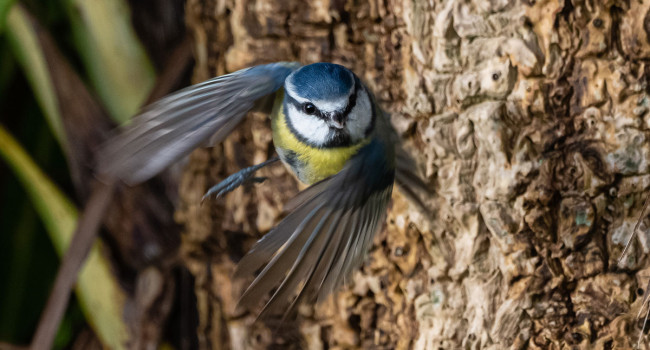Effects on bird abundance and species richness of edge restructuring to include shrubs at the interface between conifer plantations and moorland
Author(s): Calladine, J., Bielinski, A. & Shaw, J.
Published: May 2013 Pages: 13pp
Journal: Bird Study Volume: 60 ( part 3 )
Digital Identifier No. (DOI): 10.1080/00063657.2013.797953
Abstract
Capsule Bird species richness and (for most species) abundance were positively related to the extent of shrub cover at the interface between conifer plantations and moorland, but it appears that responses to shrub development vary between different bird guilds.
Aims To assess the bird assemblages in both winter and breeding seasons at the interface between managed conifer plantations and open moorland, where that interface had been restructured to include a mosaic of shrubs and open ground.
Methods Timed point counts were used to sample the birds at restructured plantation – moorland interface areas and also in neighbouring plantations (post- and pre-thicket age classes) and neighbouring moorland. Associations between species richness and abundances with measures of shrub cover and composition were assessed using GLMMs.
Results A total of 60 bird species were recorded including 29 on lists of conservation concern, most of which were associated with shrub interface habitats. Species richness and, for most species, abundance were positively related to the extent of shrub cover. Positive relationships between shrub cover in interface areas and the abundance of some species in neighbouring plantations and open moorland suggested a resource subsidy to birds in neighbouring habitats. In contrast, some birds tended to be less abundant in plantations next to areas with more shrub cover. These species were more abundant in the shrub itself, suggesting redistribution by species with a preference for early successional shrub habitats.
Conclusions The long-term management of shrub, especially with regard to successional development, is a challenging aspect of forest and landscape management that deserves further study.







Share this page